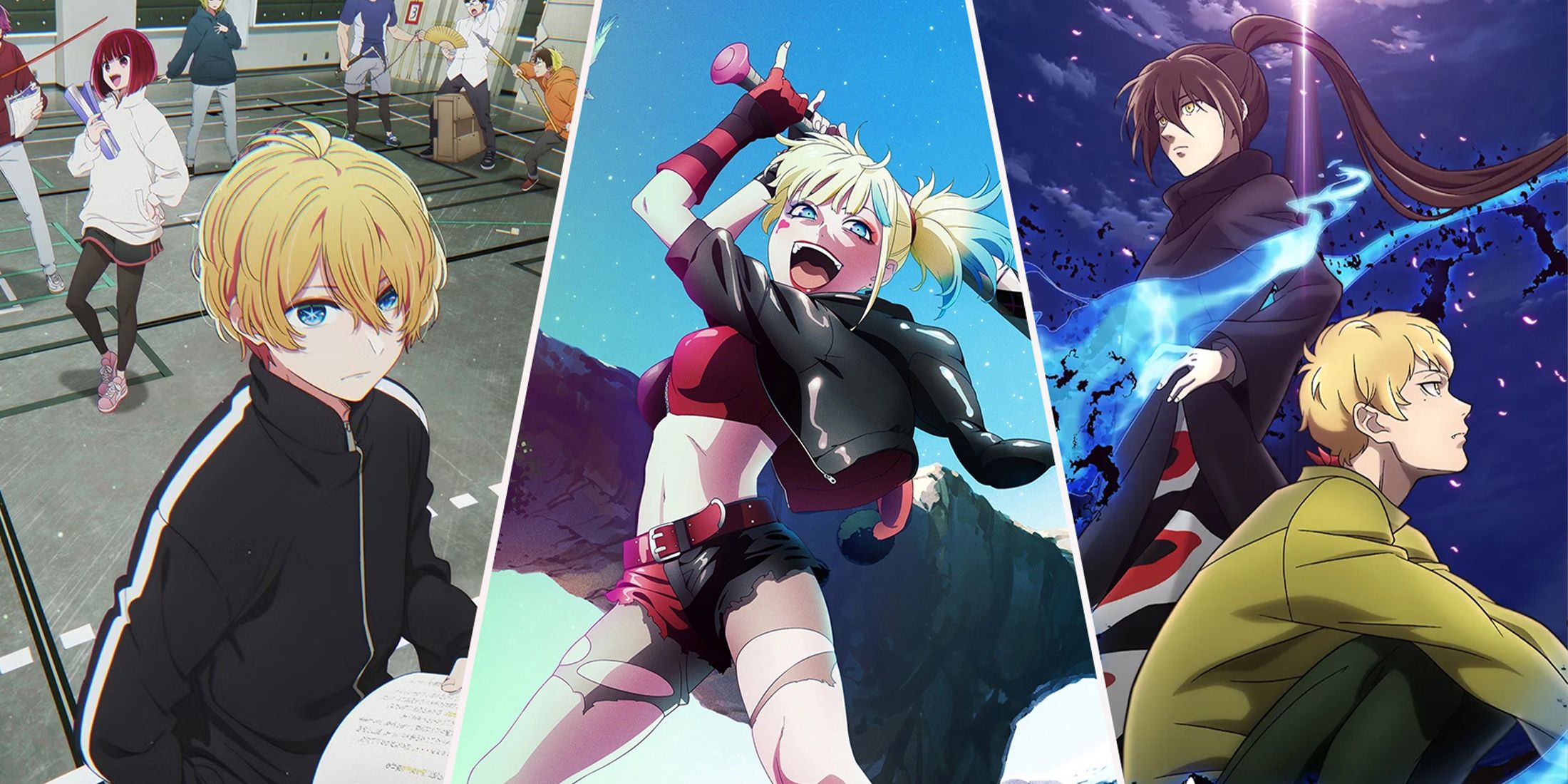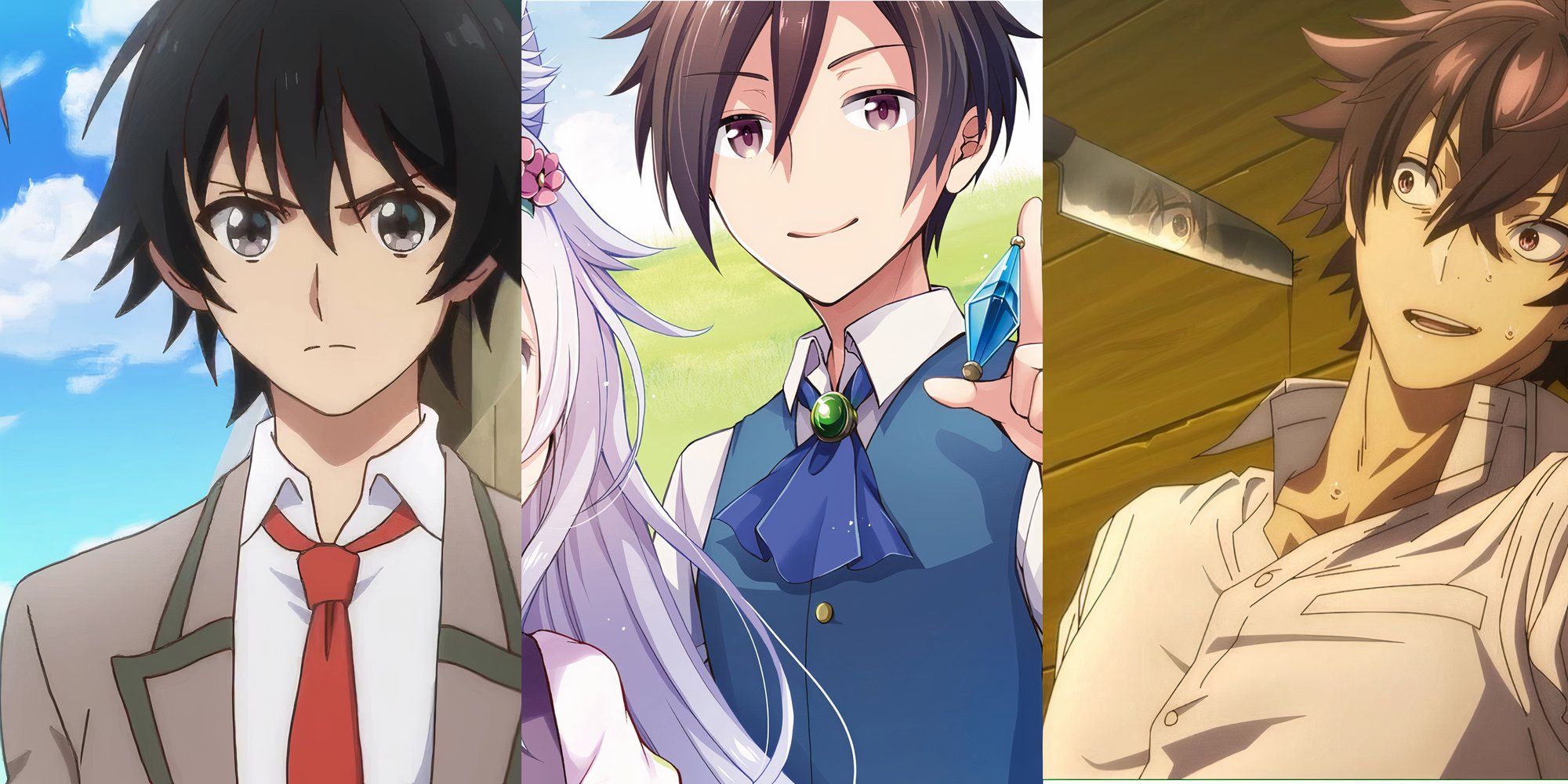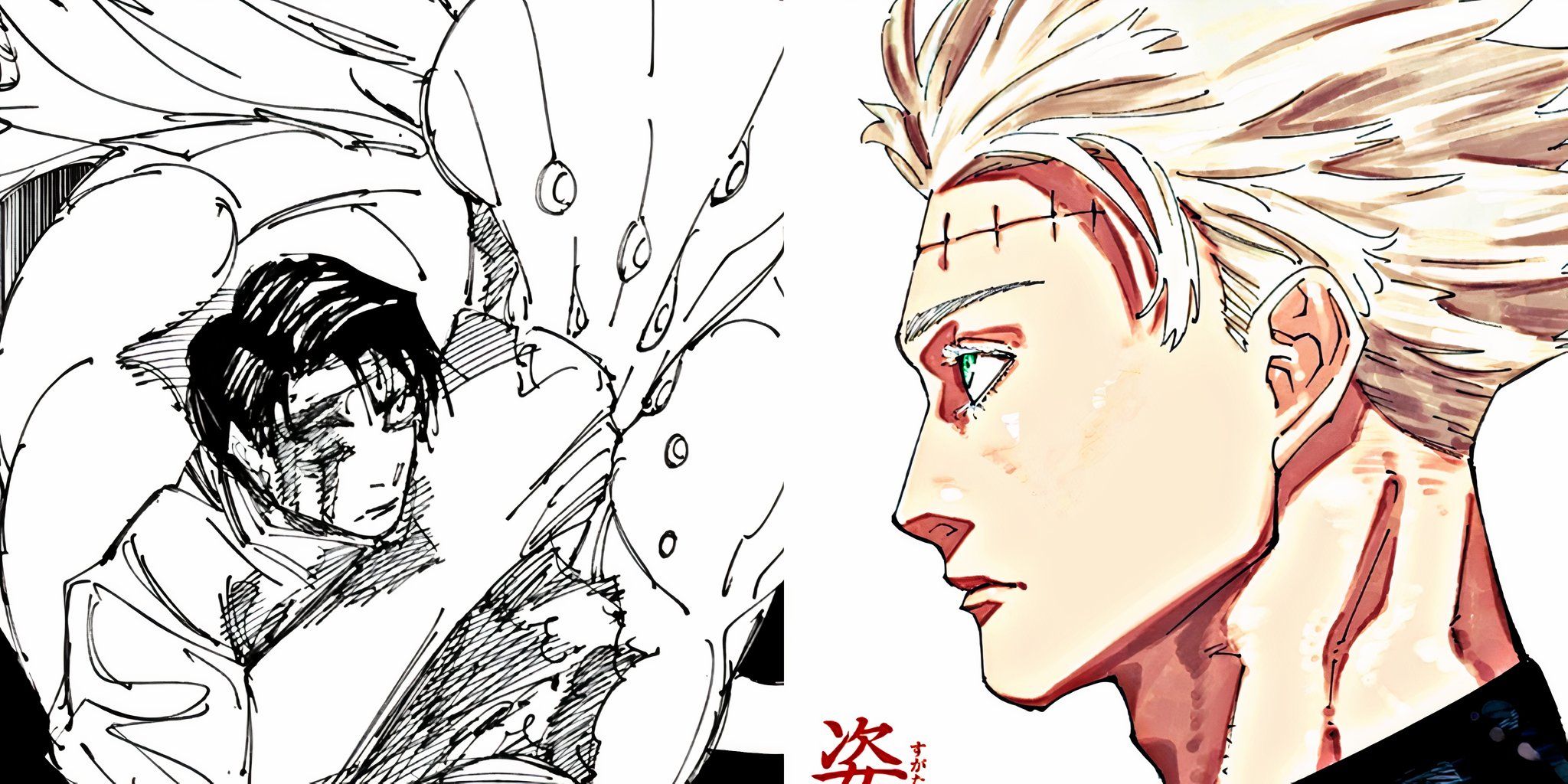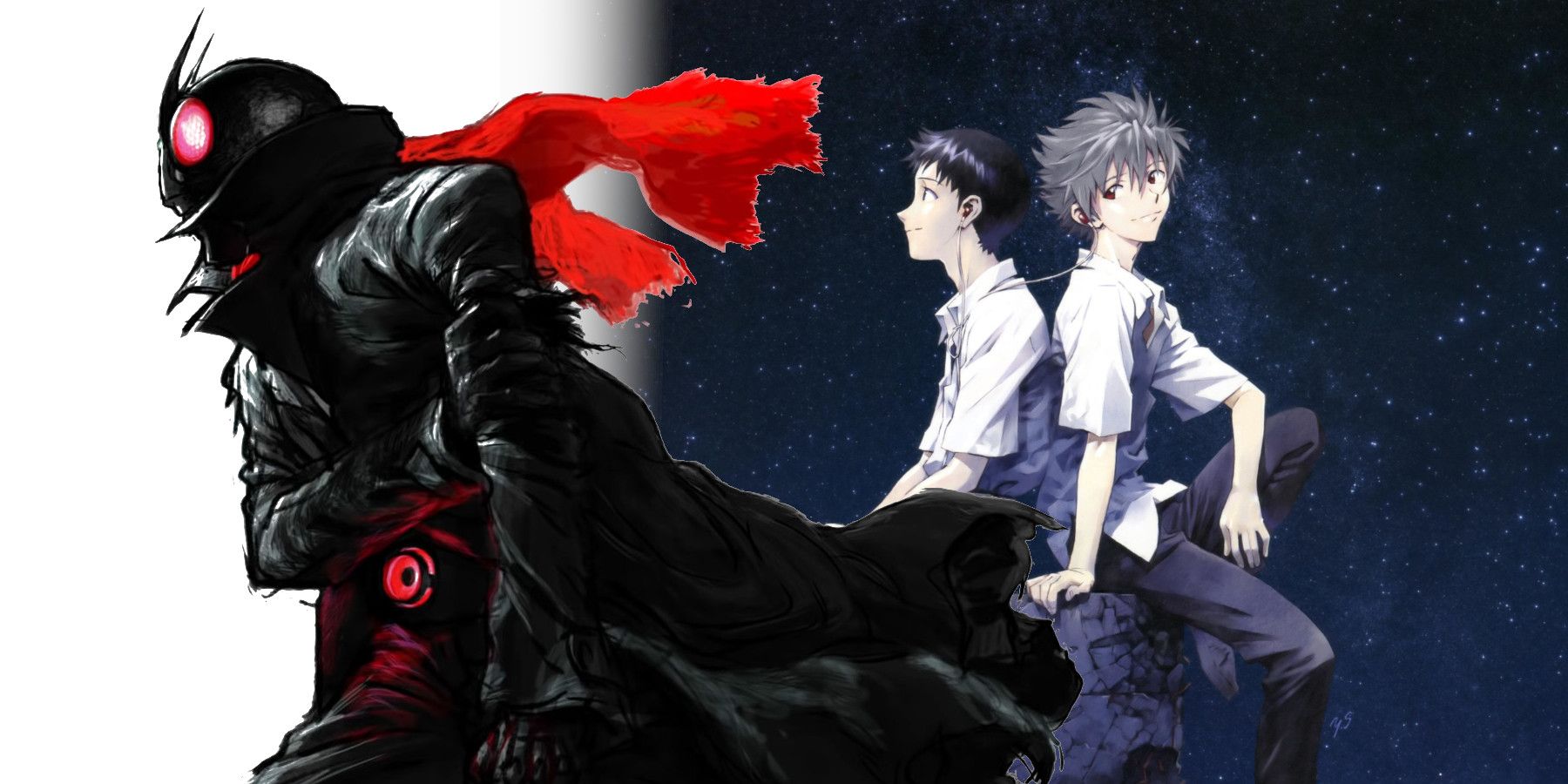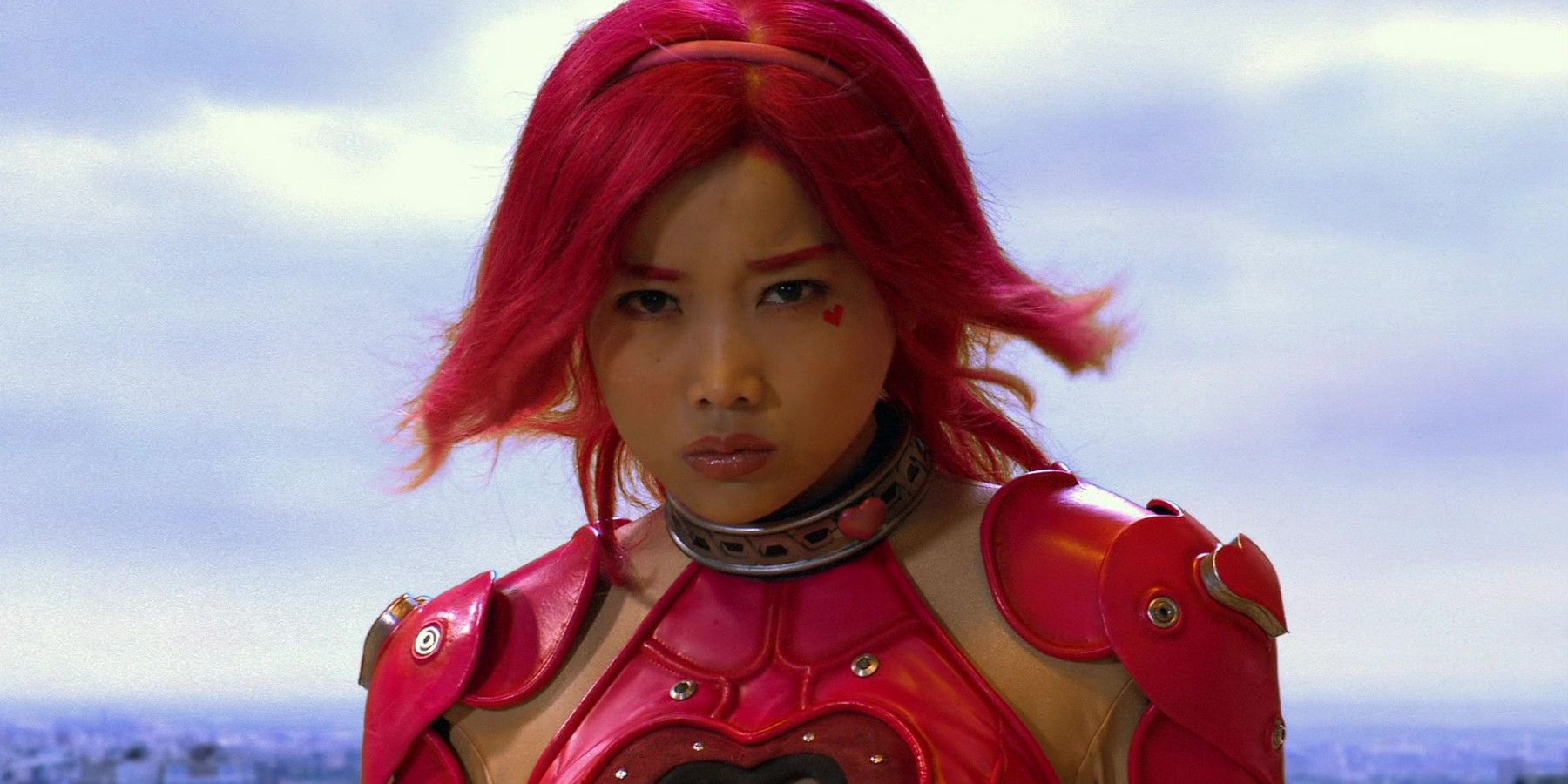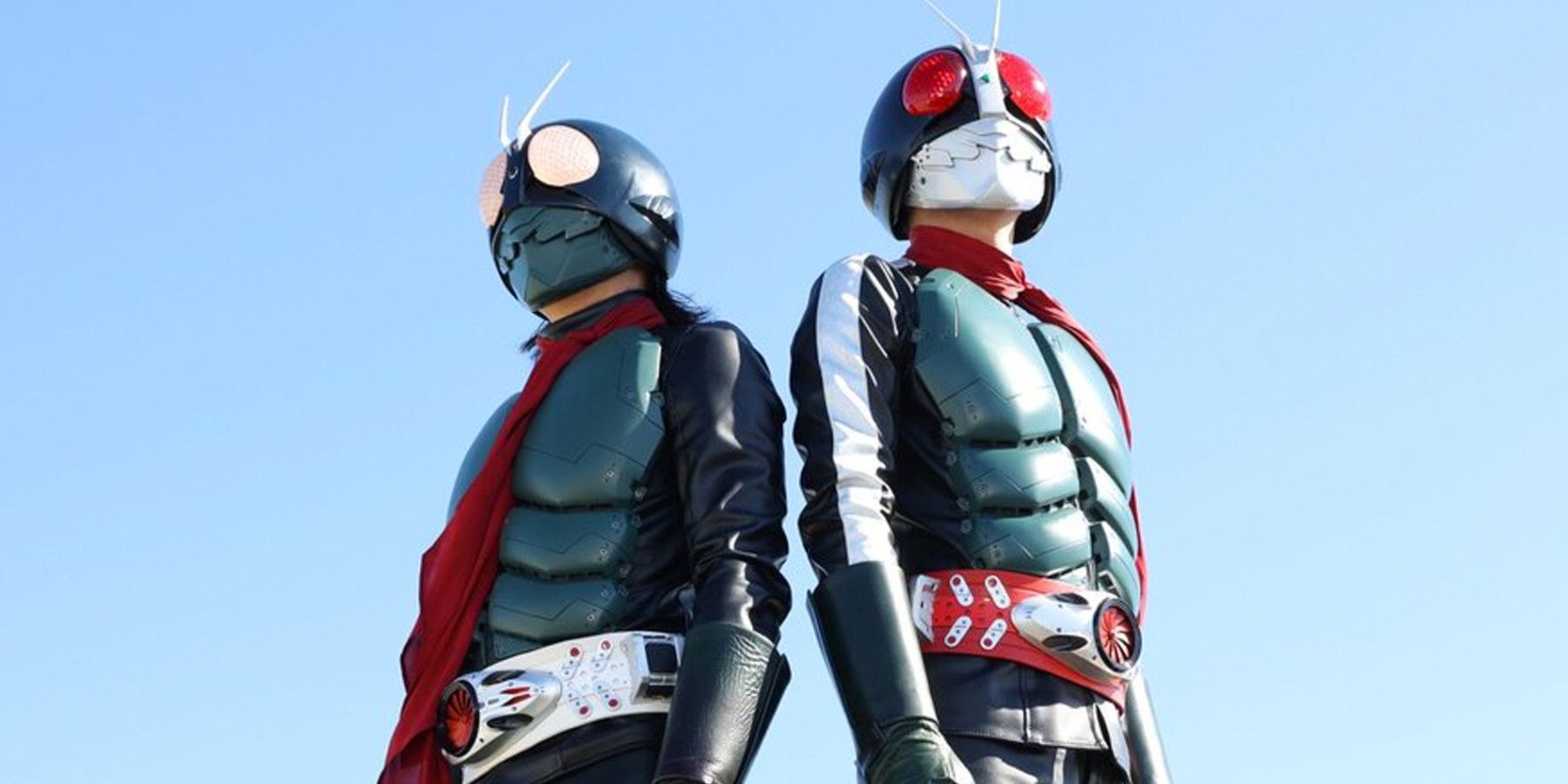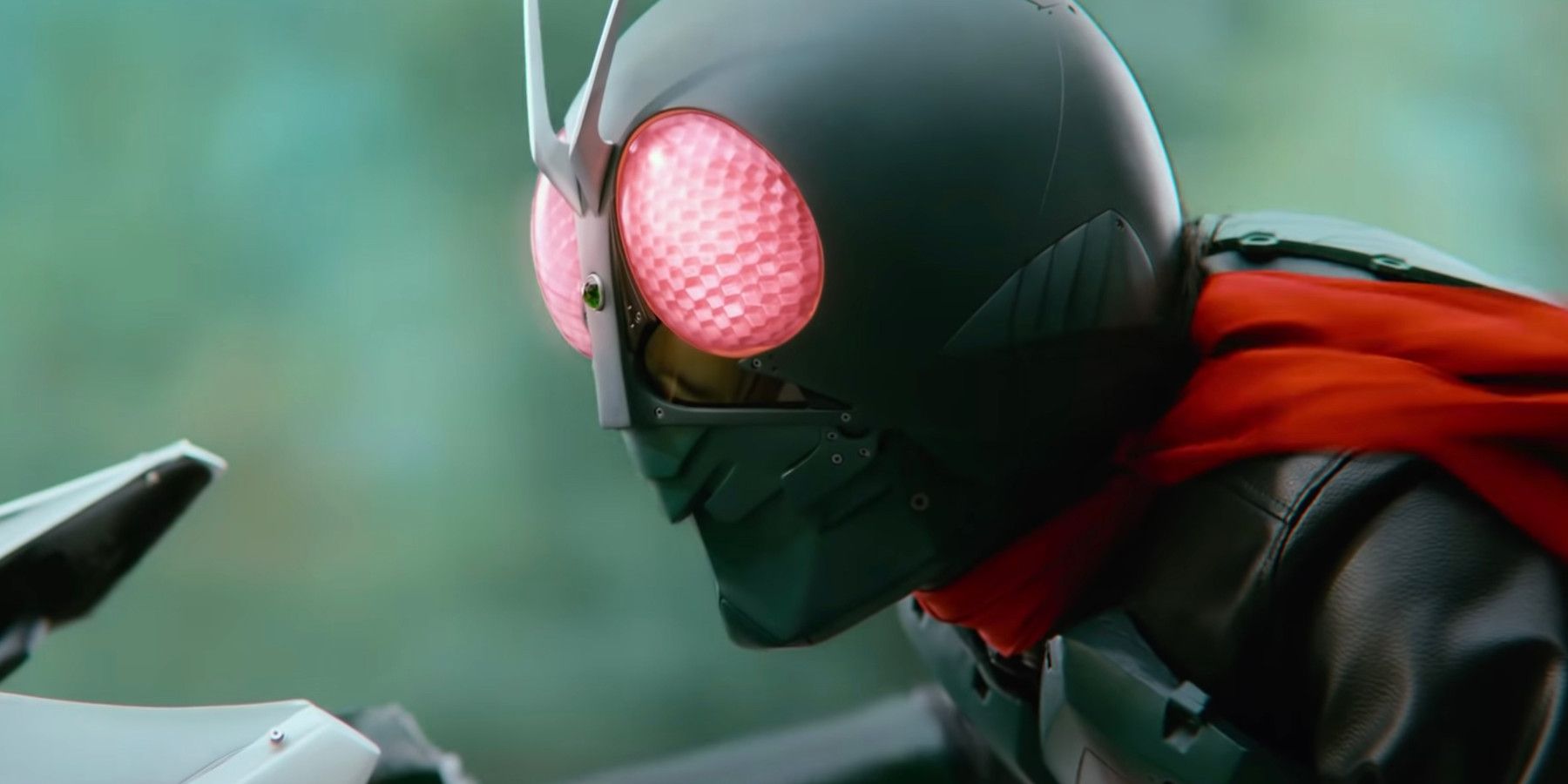Hideaki Anno and co. have been on a mission to redefine the icons of Japanese tokusatsu for new audiences, using the same techniques that made them legendary in the first place. Of the films he has directed/produced thus far, Shin Kamen Rider is without a doubt his ultimate passion project, and while it certainly can look strange, Anno finds a way to make it work.
It shouldn't come as a surprise to those who witnessed Anno's work on 2016's Shin Godzilla, a terrifying retelling of a classic that made the titular kaiju's towering presence look uncannily real. 2022's Shin Ultraman, while only written by Anno, followed suit with an adult take on a classic intended for an adult audience that grew up with the iconic superhero. 2023's Shin Kamen Rider was, for many, the most anticipated of the "Shin" series, as it looked particularly different from the others. While Godzilla and Ultraman are characters who tower over buildings, Kamen Rider and his foes are human-sized cyborgs, fighting on the ground. It's a remake of the series that spawned a genre, and later, the creation of Power Rangers in the West.
Anno's Experience In Cinema
Anno's shift from the director of Evangelion to live-action big-budget tokusatsu films might seem surprising to those passively familiar with him, but truth be told, it seemed bound to happen, eventually. Anno's interests have transcended anime since long before Eva, back when he was making home movies about Ultraman, to say nothing of his live-action works from the late 90s and early 2000s.
Just a year after The End of Evangelion was released, Anno directed Love and Pop, a feature-length coming-of-age story based on the novel Topaz II by Ryu Murakami. Then, in 2004, he directed the live-action Cutie Honey film. One of my personal favorites of his is Ryusei Kacho, a short film of a little over 10 minutes about a former Glam Rock star turned salaryman and his journey to re-discover himself.
Across his body of work, two things become apparent. First, it couldn't make more sense that these are made by the man behind Evangelion. Secondly, Anno's style fits ridiculously well in live-action, mostly because of how he captures spaces and hones in on the characters. The performances aren't merely carried by actors, but how the camera puts them in the hot seat.
Fans of Anno's work were likely feeling quite at home watching Shin Godzilla, between occasional walls of text or the numerous shots faced directly at the actors' faces. It's the kind of directing that is constantly in your face. It's hard to tell if he achieves this by cleverly recreating visual techniques employed in his animated work, or if he is naturally inclined to direct in an unconventional way.
Weird, But Weirdly Great
Truth be told, though, it's a mix of both. Eva fans exploring his other work will initially be inclined to pick the former, given the suspension of reality and the imitation of animated techniques, but these aren't just staples of animation. Anno - like many directors - is not inspired by just one medium. Tokusatsu is a defining influence on his art.
From Ryusei Kacho to Cutie Honey to Shin Kamen Rider, Anno is always paying homage to the absurd yet meticulous and thoughtful construction of the media of his youth. Kamen Rider's new film is intended to harken back to the original 1971 TV series, and it accomplishes it almost too thoroughly.
The hard cuts, the constant low-angle shots of Rider flipping through the air, and hordes of goons appearing out of nowhere only to be vanquished in a flash by our hero, are all there. It breaks now-conventional rules of editing to be faithful and though it's technically "wrong" and could arguably be done better, it works more than it fails. This is because Anno's team is generally good at "selling" it.
Shin Kamen Rider's digital effects for things like the transformations or bursts of energy look stellar throughout and paint the film as decidedly gorgeous at times. When entire characters are fully CGI, they can stick out, but it doesn't kill the mood entirely. In fact, when Anno goes all in, it can work out surprisingly well, even if it relies on the campiness that comes with the genre.
During one of the major fights of the film, Rider battles a Bee Augment and the two engage in a sword fight. Due to the Bee-Aug's enhanced speed, the two dance around the arena. At the height of the tension, they seem to be moving only frame-by-frame, as if their movements only become observable once their swords clash and bring the combatants to a stop.
It's the kind of visual shorthand more common in anime, where audiences are used to reality being suspended for supernatural feats of strength and speed. But it's also something that Anno has clearly demonstrated in the past in Cutie Honey. However, while Cutie Honey didn't take itself too seriously, Shin Kamen Rider does, so is it as effective?
This depends on the viewer. The two are completely different films made at different times with presumably vastly different budgets. Kamen Rider has ludicrous elements but takes its themes rather seriously to tell a dramatic story, and if nothing else, it is consistent in both of those qualities. It knows what it is and presents itself proudly, at least most of the time.
Shin Kamen Rider's weakest moments are during the climax, where the CGI is covered up by the darkness of the setting. That is a handy trick for cloaking the blemishes on a 3D render in motion but makes it hard to truly see and appreciate the work on display. It's one of the few times when the film doesn't present itself with quite the same pride.
More Than "Live-Action Anime"
Anno's ability to retain so much of his creative signature while crossing mediums is nothing short of astonishing, and it's not necessarily a trait that can be credited to either medium easily. He is a skilled director of Anime and an equally eye-catching director of live-action works. Fans may know them more for Evangelion than Cutie Honey, but Anno is just as qualified for both.
There's something teachable to take away from Anno's portfolio as a whole, but in the case of Shin Kamen Rider, the lesson is that just because something might look "off" doesn't mean it can't be effective. In one respect, this is because the audience knows what they're signing up for, but that's not an excuse to phone it in, creatively. And the fact that such wild visuals can resonate with an audience is proof that Anno and the team did their damnedest to avoid just that.
